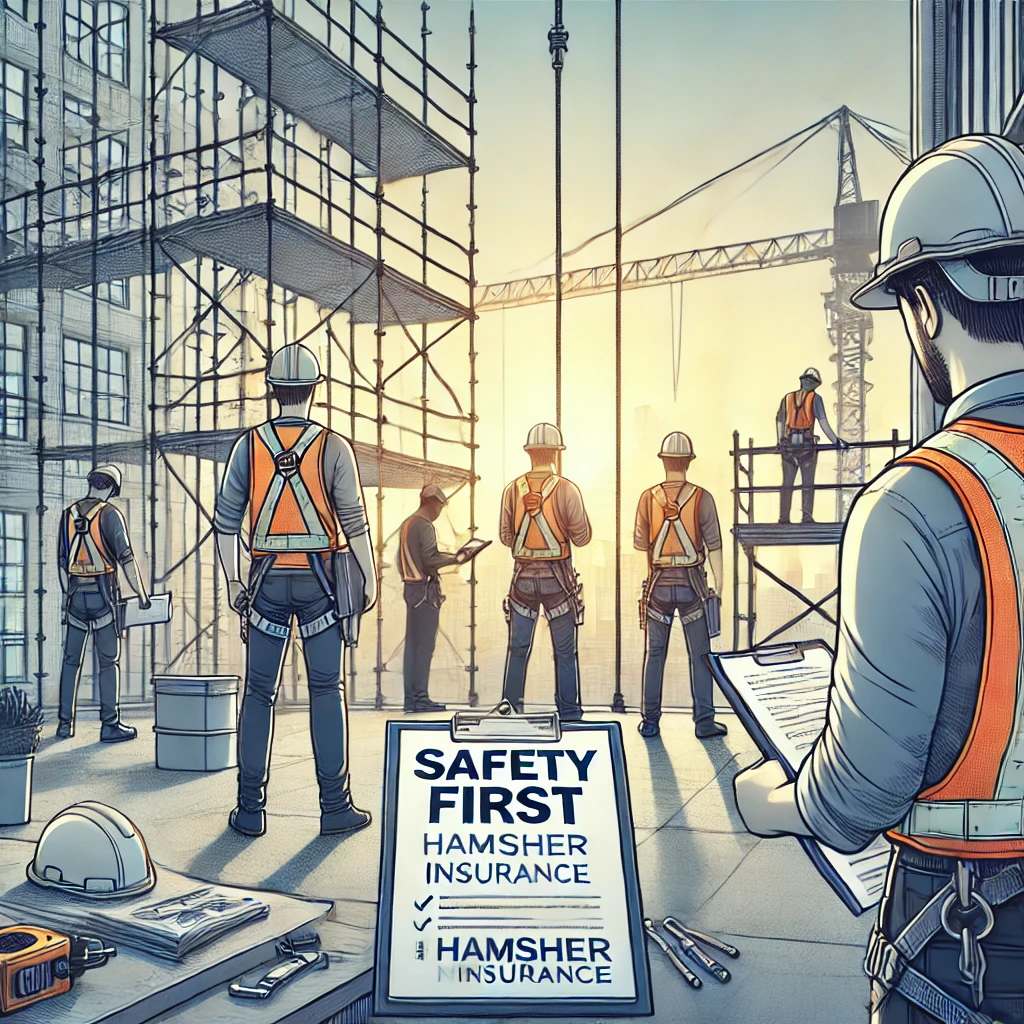
Every day, construction and insulation contractors step onto scaffolds with a job to do and a family to return home to. Working at heights is part of the trade—but that doesn’t make it any less risky.
Too often, scaffolding safety is overlooked until it’s too late. One unstable board or a missed inspection can result in a fall that changes everything. It’s not just a compliance issue. It’s about protecting the lives and livelihoods of your team.
The Reality of Job Site Injuries
Falls from scaffolds are one of the most common causes of serious workplace injuries. According to the Bureau of Labor Statistics (BLS), they remain a leading cause of fatalities in the construction industry.
Think about it: a worker puts trust in a scaffold that hasn’t been properly inspected. A small flaw goes unnoticed—until it doesn’t. That fall results in a fractured spine, months of recovery, and lost income. But with proper training and equipment, that injury could have been avoided.
The Most Common Scaffolding Hazards
To protect your team, start by understanding the biggest risks:
1. Improper Assembly
Scaffolds need to be built right. Weak joints or uneven platforms can cause the entire structure to fail.
2. Missing Guardrails and Fall Protection
Without guardrails or harnesses, even a slight misstep becomes dangerous. OSHA requires fall protection for good reason.
3. Overloading the Scaffold
Every scaffold has a limit. Too much weight—whether from workers or materials—compromises stability.
4. Slippery or Unstable Surfaces
Wet weather, ice, or leftover debris can turn a solid scaffold into a hazard zone.
5. Inadequate Training
Having the right equipment means nothing if your crew doesn’t know how to use it. Training is key to preventing accidents.
Five Steps to a Safer Job Site
Creating a safety-first culture helps prevent injuries before they happen. Here’s how to lead by example:
1. Invest in Hands-On Training
Ensure every team member knows how to identify hazards, use fall protection, and assemble scaffolds properly. Schedule regular refresher sessions.
2. Conduct Daily Scaffold Inspections
Scaffolding should be checked every day before use and after weather changes. Loose planks or new hazards can show up fast.
3. Enforce Fall Protection Standards
For scaffolding over 10 feet, make sure your job site includes:
- Guardrails
- Personal fall arrest systems
- Safety nets
4. Respect Weight Limits
Stick to the scaffold manufacturer’s guidelines. Don’t overload with materials or extra crew.
5. Keep Platforms Clean and Dry
Use slip-resistant materials and keep surfaces free of water, ice, and debris to prevent accidents.
Insurance Is Part of Your Safety Strategy
Even the most careful job sites face risk. That’s why business owners count on Hamsher Insurance. We help you protect your people and your company with policies that cover:
- Medical costs after an injury
- Lost wages for injured workers
- Legal expenses if a claim is filed
If it’s time to shore up your protection, get a tailored quote today.
Extend Safety Beyond the Job Site
Physical safety matters—but your digital infrastructure needs protection too. As construction businesses adopt more technology, cyber threats become a growing concern. Cybersecurity insurance helps cover losses from ransomware, data breaches, and online fraud.
Want help protecting your business from every angle? Book a one-on-one planning session to talk with our team.
Let’s Build a Safer Future Together
At Hamsher Insurance, we’re more than just a policy provider—we’re a partner in helping you protect what matters most. From scaffolding safety to risk coverage, we’re here to support business owners who want to lead with confidence and care.
Ready to build a safer future for your crew and your company? Contact us today for expert, personalized guidance.
FAQs
1. What’s the biggest cause of scaffolding injuries?
Improper assembly, lack of fall protection, and overloading scaffolds are the top culprits.
2. How often should scaffolds be inspected?
Inspect scaffolding before every shift and after any weather event that could affect stability.
3. Is cybersecurity insurance really necessary for small businesses?
Yes. Small businesses are often targeted by cybercriminals. Insurance helps cover financial losses and recovery costs.
4. What should scaffolding safety training include?
Training should cover scaffold assembly, hazard recognition, fall protection, and emergency response procedures.
5. How do I find the right insurance for my business?
Request a quote today to explore options tailored to your unique needs.
By transforming job site practices, we can turn working at heights from a daily gamble into a safe, secure part of the job.
